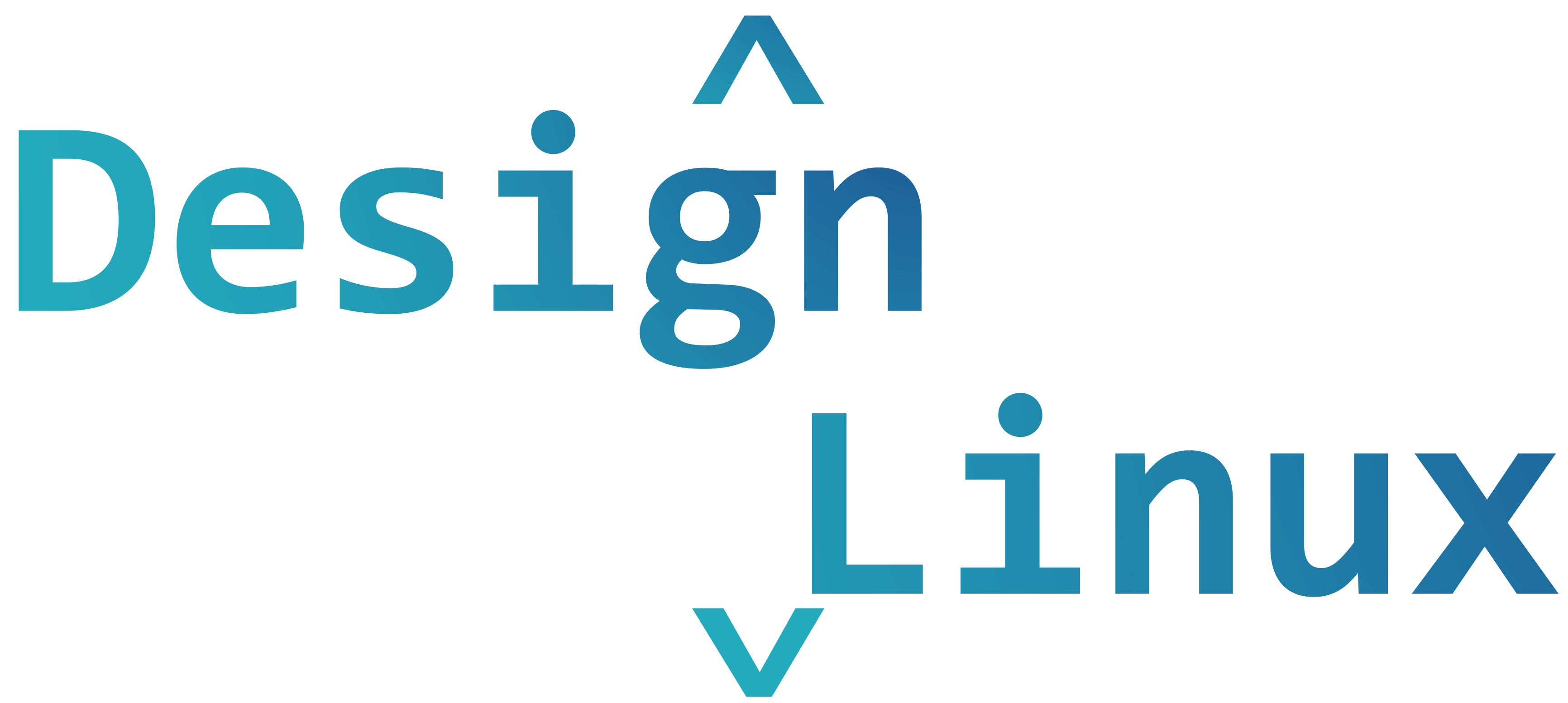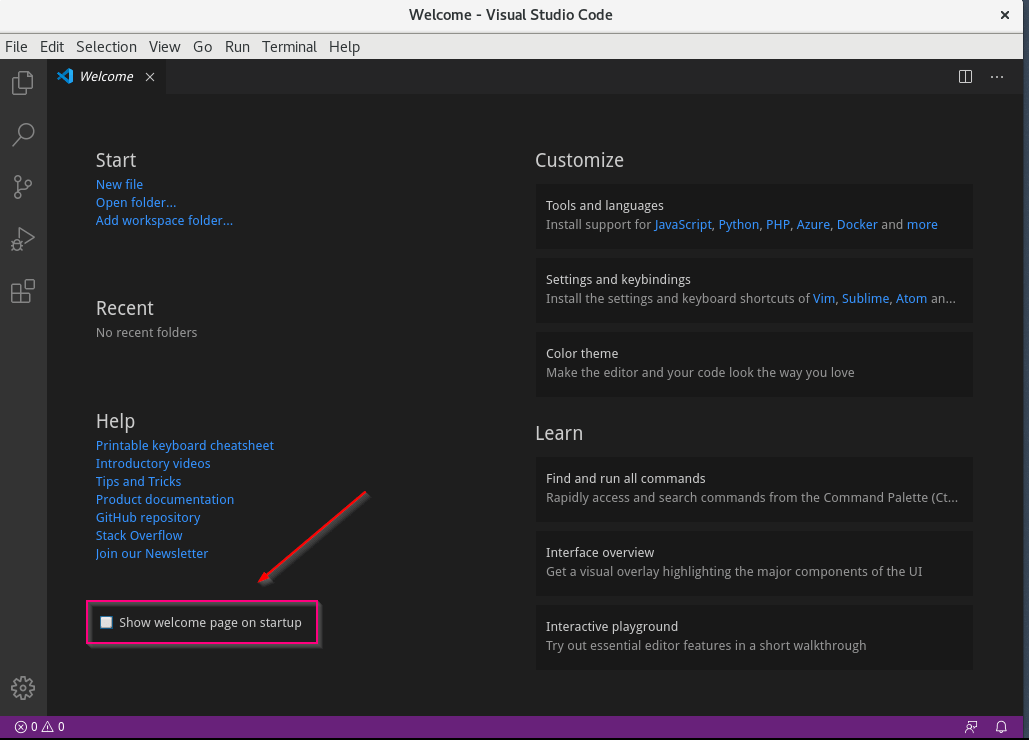TeamViewer is a cross-platform, proprietary application that allows a user to remotely gain access to another user’s desktop, share the desktop and even allow file transfer between computers over an internet connection. It’s a popular application among helpdesk support staff and comes in handy when helping out remote users who are stuck and cannot find
designlinux, Author at DesignLinux - Page 79 of 83
Installation of Manjaro 20.0 (KDE Edition) Desktop
Manjaro 20.0, also codenamed Lysia, was released on April 27th, 2020. This comes only 2 days after the release of the much-awaited Ubuntu 20.04 LTS, codenamed Focal Fossa after the Madagascar Feline creature. Manjaro 20.0 ships with impressive improvements such as: Linux Kernel 5.6 A brand new theme – Matcha theme – with polished icons
10 Top Open Source Caching Tools for Linux in 2020
Reliable distributed computing systems and applications have become the cornerstone of prominent businesses, especially in automating and managing mission-critical business processes and delivering services to customers. As developers and system administrators of these systems and applications, you are expected to provide all kinds of information technology (IT) solutions that will ensure that you have the
How to Install OpenVPN in Ubuntu 20.04
OpenVPN is an open-source, fast, popular program for creating a VPN (Virtual Private Network). It uses both the TCP and UDP transmission protocols, and VPN tunnels are secured with OpenVPN protocol with SSL/TLS authentication, certificates, credentials, and optionally MAC address lock as well as multi-factor authentication. It can be used on a wide variety of
Python Development Setup Using Visual Studio Code
First of all, what is an IDE and why do we need one? The integrated development environment is an application that provides the ability to write programs, test it, and debug it and a lot more features to say. The choice of choosing an IDE is always up to programmers. Modern IDE are built as
How to Install TeamViewer on Debian 10
TeamViewer is a cross-platform and widely used application for remote meetings, desktop sharing, and file sharing between remote machines over the internet. It comes extremely handy when you have an issue that you cannot seem to troubleshoot on your own and you’d want to hand over control to an IT guru to help you out.
How to Create a Local Self-Signed SSL Certificate on CentOS 8
SSL (Secure Socket Layer), and its improved version, TLS (Transport Socket Layer), are security protocols that are used to secure web traffic sent from a client’s web browser to a web server. An SSL certificate is a digital certificate that creates a secure channel between a client’s browser and a web server. In so doing,
How to Install Visual Studio Code on Linux
Developed by Microsoft, Visual Studio Code is a free and open-source, cross-platform IDE or code editor that enables developers to develop applications and write code using a myriad of programming languages such as C, C++, Python, Go and Java to mention a few. In this guide, we will walk you through the installation of the
How to Configure IP Network with ‘nmtui’ Tool
An alternative for the nmcli is the nmtui, short for Network Manager Text User Interface, the nmtui is yet another handy tool that allows you to easily configure your network interfaces in Linux distributions using a graphical display by invoking the nmtui command straight from the terminal or even putty. To configure a network interface
How to Configure IPv6 Network on CentOS/RHEL 8
IPv6 addressing was developed in anticipation of depletion of the IPv4 addresses. It is meant to solve the exhaustion of IPv4 addresses through the use of a much wider network addressing space. An IPv6 address is a 128-bit number comprising 8 colon-separated groups each made up of 4 hexadecimal numbers. Read Also: What’s wrong with










